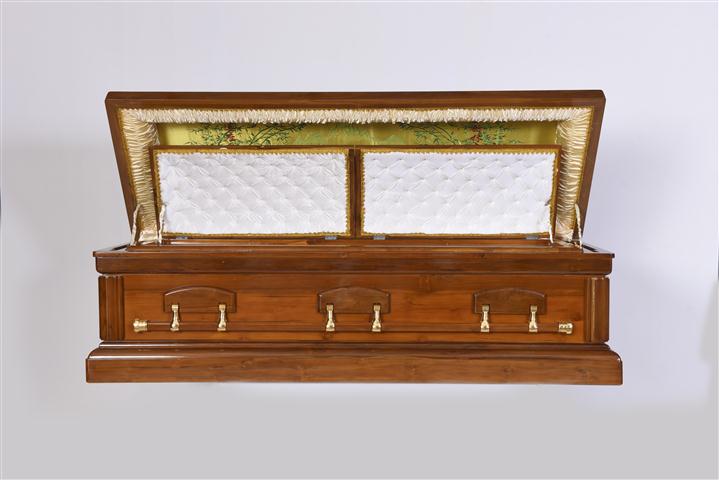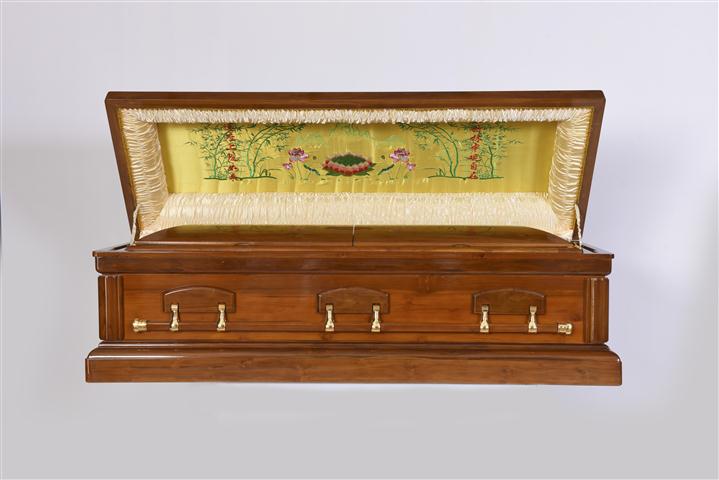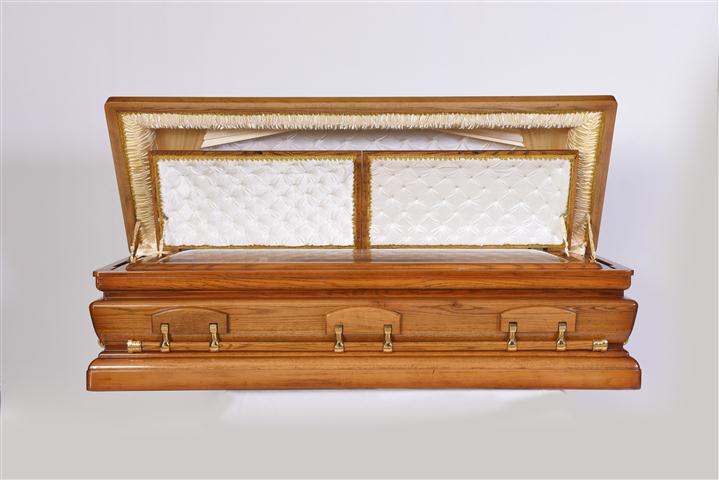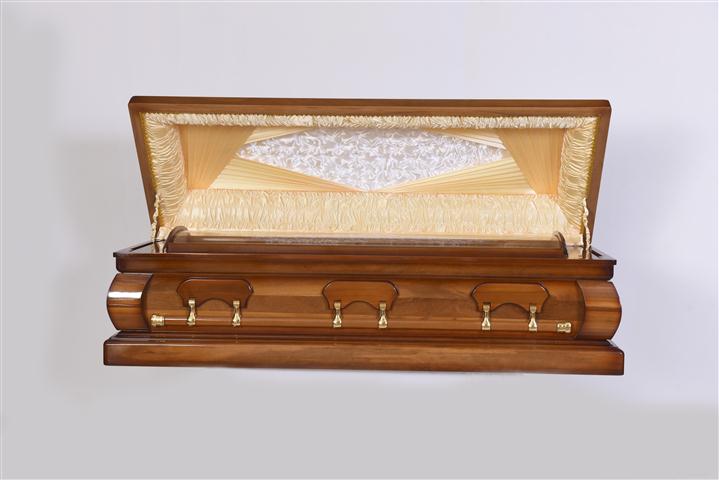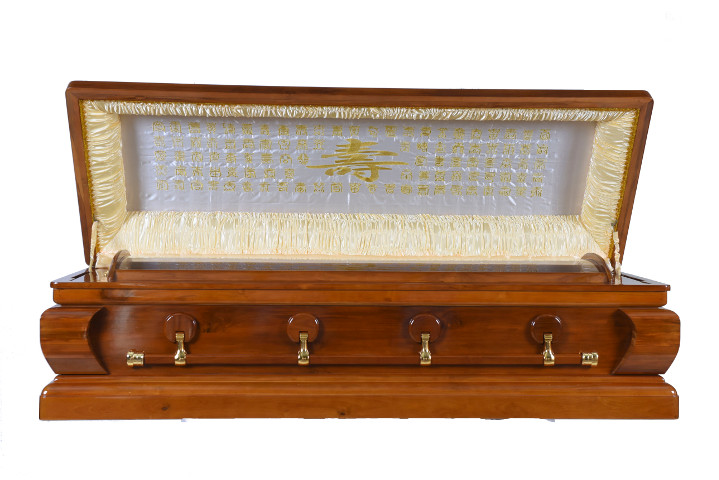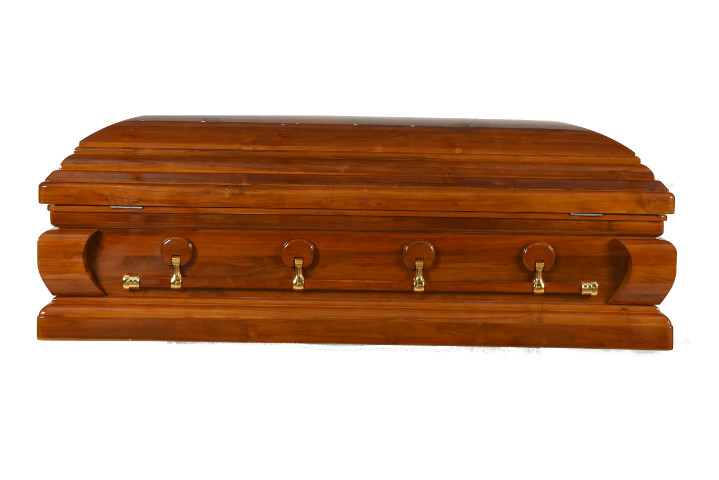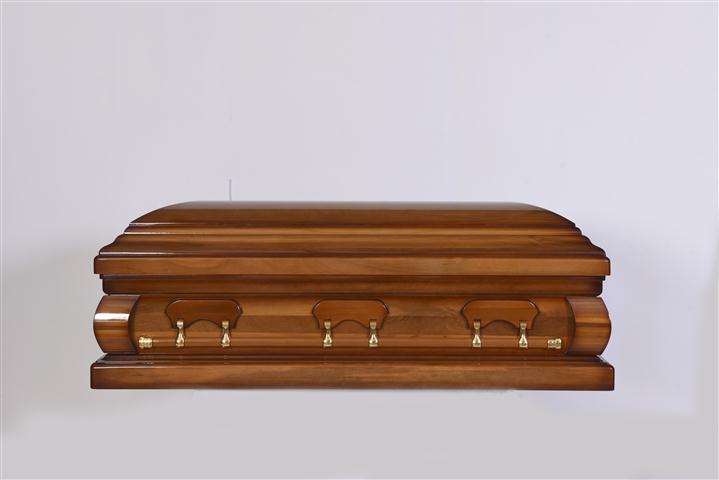The trade name for the timber of Tectona grandis (Verbenaceae). The local name for the timber is JATI. Teak is not indigenous to Malaysia but it has been trial planted in Malaysia with encouraging results. The sapwood of the timber is yellowish white or pale yellow-brown and up to 50 mm thick and is distinct from the heartwood, which is dull yellowish when fresh and turning to golden brown or dark greyish brown on exposure, often with greyish or dark coloured streaks.
Generally straight grained with a coarse, uneven texture, medium luster and an oily feel. Yellow brown to dark golden brown heartwood but tending to darken on exposure and grayish or white sapwood. Moderately hard and heavy, with low stiffness and shock resistance, moderate bending strength, moderate steam bending, and excellent decay resistance and dimensional stability. Good acid resistance. One of the most valuable timbers of the world, teak has an enormous consumption, and being strongly fire-resistant and immune from the attack of the white ant, its uses cover almost every department of woodwork. Its resistance to crushing and transverse strain has earned for it the reputation of being the strongest timber available. It is preferred for shipbuilding(especially decks), railway work, building construction, high-class joinery, gates, garden furniture, indoor or outdoor furniture, flooring, paneling, plywood, decorative veneers, turnery, carving, chemical tanks and vats.
Also known as Teak (Brunei); Maysak (Cambodia); Teak (India); Jati and Teak (Indonesia); Mai sak, Sak and Teck (Laos); Kyun and Teak (Myanmar); Mai sak, Sak and Teak (Thailand); and Giati (Vietnam).
